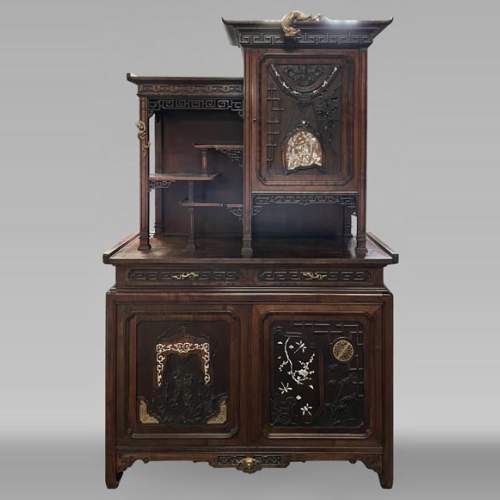Your selection is currently empty.
Here are the latest objects in our stock:
Dimensions:
Width: 120
Height: 197
Depth: 45
Dimensions:
Width: 55
Height: 269
Depth: 28
Dimensions:
Width: 125
Height: 136
Depth: 57
Dimensions:
Width: 72
Height: 255
Depth: 40
Dimensions:
Width: 156
Height: 110
Depth: 41
Inner width: 119
Inner height: 83
Dimensions:
Width: 132
Height: 74
Depth: 77
Dimensions:
Width: 203
Height: 175
Depth: 42
Inner width: 121
Inner height: 96
Dimensions:
Width: 845
Height: 61
Depth: 2
Dimensions:
Width: 144
Height: 106
Depth: 41
Inner width: 103
Inner height: 2
Dimensions:
Width: 177
Height: 74
Depth: 61












